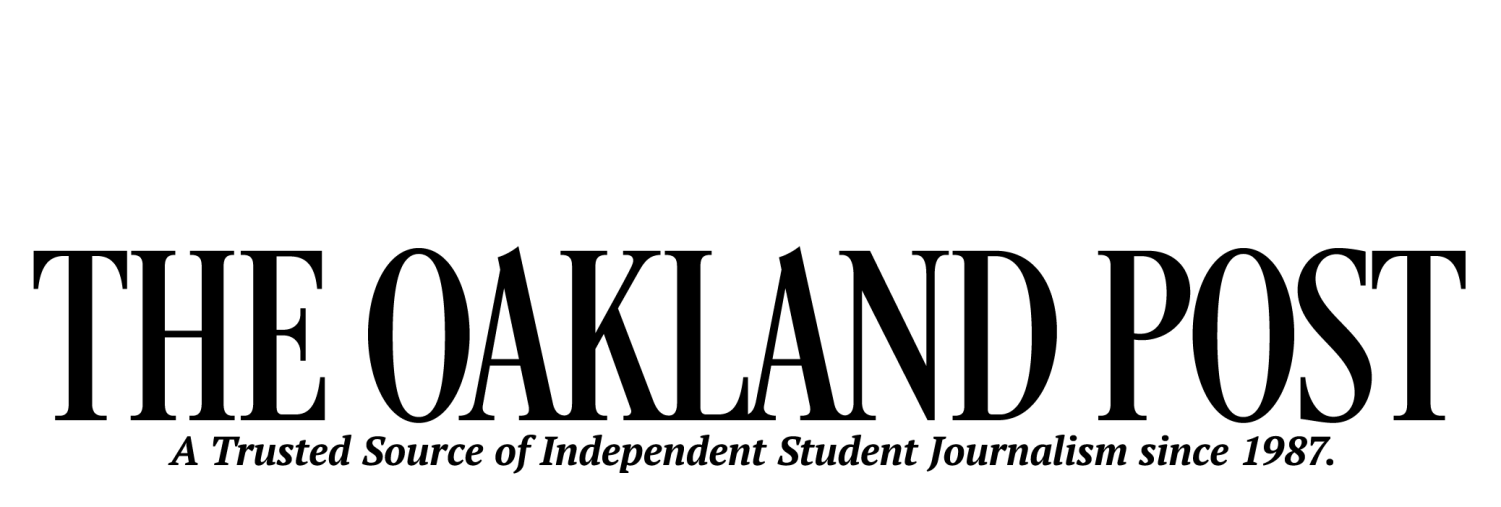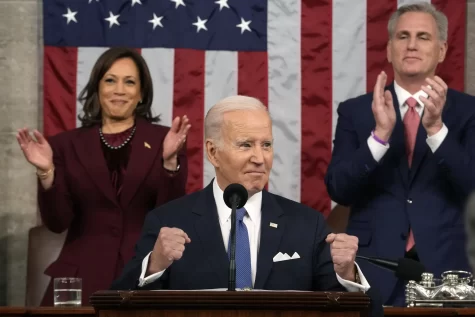Stem Cell Summit attracts campus attention
The World Stem Cell Summit was held from Oct. 4-6 in Detroit. The summit, which was organized by the Genetic Institute in Florida, was partially sponsored by Oakland University. The summit was also sponsored by large universities with medical research centers, including Michigan State University, University of Michigan and Wayne State University.
“We’ve done a great deal of stem cell research,” Professor Rasul Chaudhry said. “The conference recognized Oakland among the other three universities. We displayed a very good presentation, both in terms of oral and poster presentation.”
OU had 14 faculty and researchers at the summit, as well as 20 undergraduate and graduate students.
In addition to having students and faculty present at the summit, Chaudhry and Professor Sumit Dinda were on the planning committee for the summit. At the conference, OU announced the creation of the Oakland University William Beaumont Institute for Stem Cell and Regenerative Medicine.
Chaudhry, who works in the biology department at OU, began working with stem cells long before the 2008 conference, however.
Much of his interest in stem cells, especially embryonic stem cell research, began in 2001 after President Bush approved the usage of stem cells for research purposes.
“My background is in microorganisms,” Chaudhry said. “You can grow microorganisms forever in large numbers. Until 2001, no human cells could be grown forever. If you take a skin cell or a hair cell, they grow for a few generations and then they die. Embryonic cells, however, have the capacity to grow indefinitely and differentiate into many types of cells.”
Chaudhry has been working on toxicology and pharmacology studies with the stem cells.
“We’re looking to see if we can use these stem cells for the study of chemicals or drugs on human development,” Chaudhry said. “These can’t be tested on humans. There are no volunteers for developmental defect studies. Using embryonic stem cells can tell us if these drugs have problems.”
After he began studying these cells, he began to realize the multiple other benefits of stem cells.
“Once we started working with them, this whole array of avenues opened up,” Chaudhry said. “We found they actually are able to differentiate to cells, for example, to bones or cartilage.”
Chaudhry and his research team have recently begun looking at how stem cells may be used to address issues with spinal disc degeneration.
Dinda, another biology professor and organizer of the stem cell summit, became involved with his stem cell research in 2008 when OU was hosting the First Midwestern Conference on Stem Cell Biology and Therapy. As his background is in steroid hormone action on breast cancer, his stem cell research focus was on how stem cells can be used in regards to female hormones as well.
“I work on hormonal treatment on stem cell differentiation with female hormones, as in how stem cells become uterine or breast cells,” Dinda said. “Something is saying to these cells to change that way. If we understand how breasts form, we can understand how cancer starts and also how to regenerate breast cells.”
He said this research is particularly important because it is different from research done on cardio diseases, spinal cord injuries and other degenerative diseases.
Because embryonic stem cell research has frequently been a topic of political debate, researchers have also begun to look for alternatives. In 2007, Chaudhry and other researchers opened the first public Michigan cord blood bank to get new parents to donate their fetal stem cells from isolated cord blood.
“Our goal is to find the best way to collect and store these cells, as well as to find the revivability after being stored, as they are stored in liquid nitrogen at negative 190 degrees,” Chaudhry said. “Additionally, we want to see the potency of the cells which are isolated from cord blood, and their potential to differentiate.”
Although he acknowledges the public attitude toward stem cell research is changing somewhat, especially after the approval of Proposal 2 regarding the research in Michigan in 2008, he does not think the debate will end anytime soon.
“The concern has been minimized but there’s still a very strong group against stem cell research,” Chaudhry said. “Unfortunately most of their beliefs are based on incorrect info.”
Dinda said one of the biggest misconceptions is how embryonic stem cells are obtained.
“Often, with things like IVF, which is In-vitro fertilization, often only two or three eggs work out and others would be destroyed anyway,” Dinda said. “We grow cells from them; we do not make embryos.”
Chaudhry and Dinda hope that the public attitude will continue to improve as they continue their research, both with stem cells and cord blood cells.
“I’ve seen first-hand that stem cell research can make a difference,” Dinda said.











